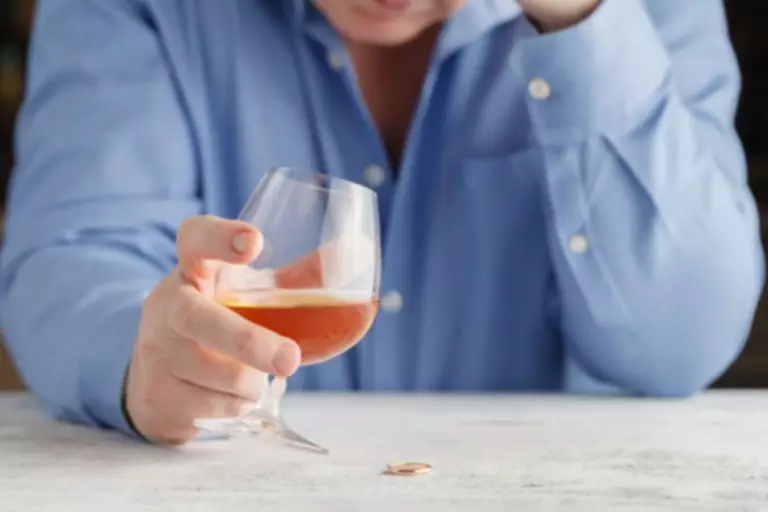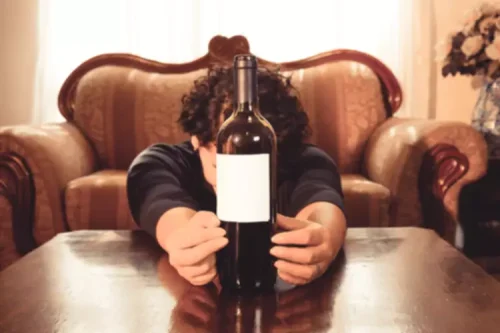09 Jun Relapse Prevention Plan: Strategies and Techniques for Addiction

Addiction Resource is an educational platform for sharing and disseminating information about addiction and substance abuse recovery centers. Addiction Resource is not a healthcare provider, nor does it claim to offer sound medical advice to anyone. Addiction Resource does not favor or support any specific recovery center, nor do we claim to ensure the quality, validity, or effectiveness of any particular treatment center. No one should assume the information provided on Addiction Resource as authoritative and should always defer to the advice and care provided by a medical doctor.
Manage withdrawal symptoms
They should not have unrealistic expectations, which may involve never thinking about using substances again. In this article, we will explore five ways that may help prevent a person in recovery from returning to drug or alcohol use. Recovering from physical dependence relapse prevention skills and withdrawal symptoms as a result of AUD or SUD is not a quick or easy process and learning to manage the desire to use takes time. A treatment center will attempt to verify your health insurance benefits and/or necessary authorizations on your behalf.
- To prevent a relapse, you will want to remove triggers, including places, people, or purchases that may bring about urges to use again.
- This sets a proactive, positive tone for the day and reinforces your commitment to recovery.
- Follow these 10 techniques to help you stay on track with your recovery.
- That’s why we have a comprehensive set of treatment providers and don’t charge for inclusion.
- The PAGER framework (Table 4) is used to guide the discussion and planning for future research and uses model themes (Bradbury-Jones et al., 2021).
- Smart goals motivate people with clear intentions related directly to the desired outcome they crave.
Build Your Support Network

We cannot guarantee payment or verification eligibility as conveyed by your health insurance provider will be accurate and complete. Payment of benefits are subject to all terms, conditions, limitations, and exclusions of the member’s contract at time of service. Your health insurance company will only pay for services that it determines to be “reasonable and necessary.” The treatment center will make every effort to have all services preauthorized by your health insurance company. If your health insurance company determines that a particular service is not reasonable and necessary, or that a particular service is not covered under your plan, your insurer will deny payment for that service and it will become your responsibility.
- Oftentimes being hungry, angry, lonely, or tired can trigger a desire to use (especially in early recovery), and therefore its important to identify hunger, anger, loneliness, or tiredness and address the underlying need instead of using a substance.
- Nonetheless, findings from this scoping review look promising due to the effects reported from two relapse prevention interventions for patients with anxiety or depression treated in short-term, low-intensity care.
- A relapse prevention plan can be broken down into small, manageable steps.
- These are some common, simple triggers, but you might also be triggered by someone being confrontational with you, working too much overtime, having to attend an event with alcohol, or even passing the alcohol aisle in a grocery store.
What to Include in a Relapse Prevention Plan Template
This technique involves running “a mental videotape” of the entire relapse process. It involves going through the process from start to finish and noting all the changes that would occur if you give into the temptation. Grounding techniques help you stay calm, destress, and reduce anxiety. If you’ve relapsed before, try to identify the feelings you felt before your relapse.
- Whether you or a loved one are experiencing challenges controlling their addictive behaviors, the road toward rebuilding self-control can be overwhelming.
- Research indicates that the prevalence of a second episode after treatment for depression is 50%, this figure rising to 90% following three episodes (Burcusa & Lacono., 2007).
- A strong support system is an integral part of staying sober in the long-term.
- Of the five authors contacted two responded providing clarification regarding sample population characteristics, and whether the treatment received prior to the relapse prevention intervention was GSH.
- Over time, these dopamine surges teach the brain to seek the drug or alcohol any time the user encounters a trigger.
- Withdrawal symptoms like nausea, shakiness, and sweating can be so difficult that you want to use drugs again just to stop them.
Recognizing early warning signs isn’t always easy but having some rare information about it could help you give it a try. Some common early warning signs include changes in sleep patterns or eating habits, increased irritability or impatience, or sudden changes in mood or behavior. By understanding what to look for, individuals are better equipped to respond proactively and prevent a relapse. Avoiding relapses is vital because addiction is a continuous disease that requires ongoing management throughout life. As individuals continue along the path of recovery, there may be times where they feel tempted; it’s important to have measures in place to prevent them from sliding back into old habits.
How Common Is Relapse?

In this stage, you may not be actively feeding your addictive behavior. Even positive events in life, like achieving a promotion or attaining sobriety goals, can unexpectedly lead to a relapse. This may occur as a result of overconfidence and a complacent mindset. BetterHelp can connect you to an addiction and mental health counselor.
Relapse Triggers

Taking proactive steps and recognizing early warning signs of relapse may prevent them from using drugs or alcohol again. The relapse prevention model is a cognitive-behavioral approach designed to limit or prevent relapses. It’s based on the idea that high-risk situations are often predictable and can be managed with the right skills. Once you’ve gotten sober again, you can review what happened leading up to and during the relapse. You can identify triggers, improve your coping strategies, and adjust your treatment plan so that it’s more effective. In addition to these common signs, patients may have their own unique indicators as well that signal they are drifting away from recovery.
FAQs about Helping Your Loved One Create A Relapse Prevention Plan: A Family-Centered Approach
- According to Mental Health America (MHA), up to 60% of individuals with substance use disorders will experience at least one episode of relapse.
- This is the final stage where you actually start using substances again.
- Take care to clearly outline and write this down in your recidivism prevention plan.
- Scoping reviews are exploratory in nature, aiming to address broader questions about the current literature rather than specific inquiries and questions (Munn et al., 2022).




No Comments